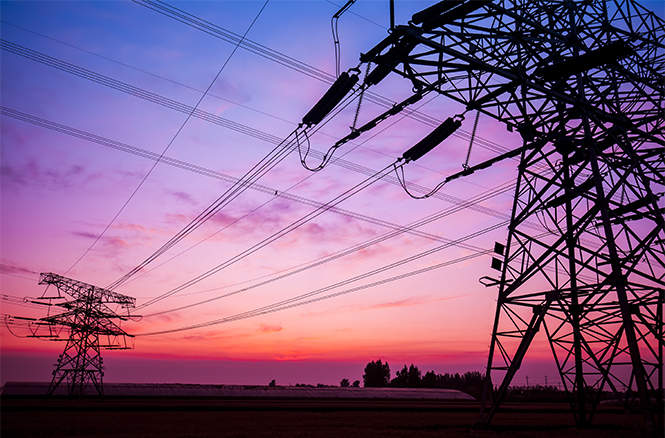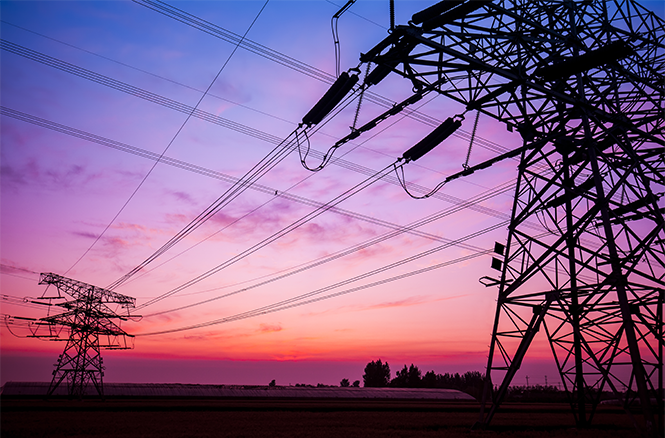Exemption certificate applications for emissions-intensive trade-exposed (EITE) industries were due before 1 April 2019. If you submitted your application using the production calculation method, this is the last year you can use this procedure. The regulations require all scheme participants to transition to the electricity use method for the 2020 application year.
If you are unsure about your next application, now is a great time to plan your transition so that you can maximise the value of your exemption. In this article we describe changes and the steps you can take now for your submission in 2020.


The electricity use method could be more complicated
The Renewable Energy Target (RET) scheme includes an exemption provision for emissions-intensive trade-exposed (EITE) activities. The exemption scheme aims to ensure that EITE operations do not have to contend with the costs associated with the RET. Up until now, participants in the RET EITE scheme could choose to select either a ‘production calculation method’ or an ‘electricity use method’ to determine the size of the exemption they were eligible to receive.
The electricity use method requires companies to assess the amount of electricity directly associated with the EITE product manufactured at their facility. Under the RET scheme, EITE activities are defined according to the amount of electricity consumed in the specific physical and/or chemical transformations that are part of manufacturing processes.
This method is potentially much more complicated than the production calculation method under which companies had only to determine the size of the activity occurring; namely the products manufactured. For the electricity use method, inclusions and exclusions must be considered to calculate activity boundaries. These boundaries set out the electricity use that can be attributed to the activity for data collection. Electricity usage can be general across all activities or specific[1]. Defining boundaries can become complex especially if the EITE facility produces a variety of co-produced products and electricity is supplied via single NMI with limited sub-metering.
For example, consider a facility which produces widgets and also manufactures sprockets which is an EITE activity. Previously, using the production calculation method, the facility would only have to measure the number of sprockets produced, and the exemption would be calculated using the default factor provided by the Clean Energy Regulator. However, under the electricity use method, the amount of electricity used by the facility will need to be apportioned to the activities which directly relate to the production of sprockets and is within the EITE boundary. Energetics can assist with assessment of the submetering on site (if available) and the development of calculation methodologies to consider shared services such as laboratories, compressed air, cooling water or other electricity consumers.
We can also help review facility operations to optimise the electrical metering configuration for maximum return. The electricity use method offers a range of different options for measuring or indirect calculation of electricity consumed that is directly related to an exempt product. We can develop tools and document processes for attributing electricity consumption to a by-product in a combined production process.
Finally, the requirement for an audit of even small facilities makes the preparation of an accurate and well-documented submission essential.
Audit readiness
An exemption certificate application must be accompanied by an audit report for the first year that the electricity use method is used and where the expected amount of exemption under that method[2] is likely to be greater than 15,000 MWh. Thereafter an audit report must be submitted with an application every three years unless otherwise requested by the agency[3].
An audit will assess:
- meter specifications and calibrations
- what electricity is considered within the EITE activity boundary
- an analysis of the procedures that the audited body used to gather data
- testing of calculations that the audited body performed
- identifying and testing assumptions supporting the calculations (including accuracy of metered data and the exclusion of the distribution loss factors).
Feedback from the CER has indicated that there will be an additional focus in 2019 for facilities using the electricity use method concerning:
- assessing how self-generation is recorded and considered
- analytical testing of electricity allocation calculation and procedures
- metering consistency and the exclusion of loss factors
- the exclusion of transport-related energy use
- the inclusion of energy use outside the EITE activity boundary.
You can maximise your potential exemption
Energetics has the technical and commercial experience to assist EITE industries to navigate the legislative changes. With careful examination of site activities, calculation methodologies and tools to simplify your application, your business can optimise its claim. Energetics can also assist by providing the associated documentation to prepare you for audit and streamline future applications.
References
[1] Emissions Intensive Trade Exposed Activity Boundaries, Department of Environment and Energy
[2] The amount of electricity to be used in undertaking EITE activities
[3] Exemption certificate guideline – Electricity Method, Clean Energy Regulator



